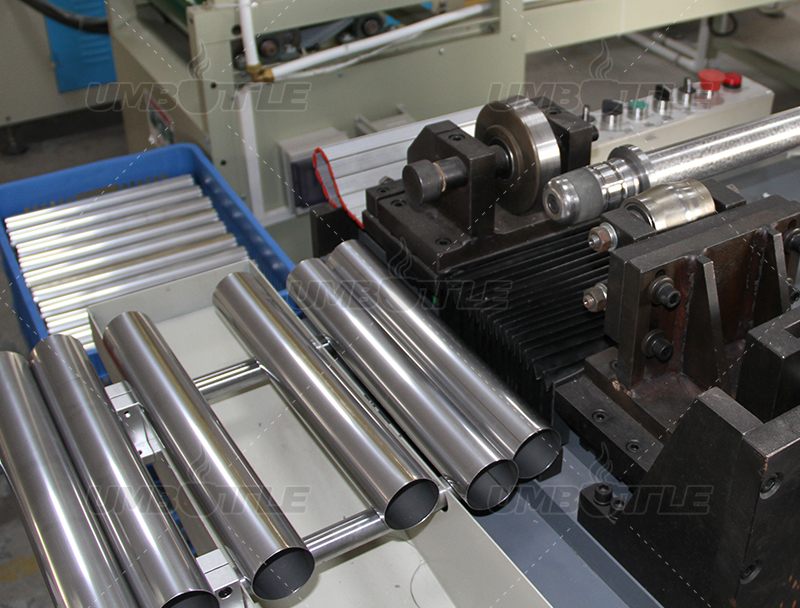Does the insulation time of a stainless steel insulated cup depend on the thickness of the inner wall?
With the increasing awareness of health and environmental consciousness, stainless steel insulated cups have become widely used thermal containers in daily life. They conveniently maintain the temperature of hot beverages while avoiding the use of disposable cups, reducing the impact of plastic waste on the environment. When selecting a stainless steel insulated cup, people often focus on its insulation performance, and one important factor is the thickness of the inner wall. This article will explore the relationship between the insulation time of a stainless steel insulated cup and the thickness of its inner wall.
The thickness of the inner wall refers to the thickness of the stainless steel insulated cup's inner container. It directly affects the cup's insulation performance, thereby influencing the insulation time. In simple terms, the thicker the inner wall, the longer the insulation time of the cup; while the thinner the inner wall, the relatively shorter the insulation time.
A thicker inner wall effectively slows down the conduction of heat. When hot beverages are poured into the insulated cup, the thickness of the inner wall hinders the heat from dissipating, creating a better insulating layer. Therefore, the internal heat of the insulated cup is less likely to dissipate into the environment, maintaining the temperature of hot beverages for a longer period.
Conversely, a thinner inner wall leads to a decrease in insulation performance. Heat more easily conducts through the thin wall to the external environment, resulting in a relatively shorter insulation time. This also means that when using a cup with a thin inner wall, hot beverages will quickly cool down and cannot maintain the desired temperature for an extended period.
In practical applications, there might be some variations among stainless steel insulated cups from different manufacturers. Some manufacturers employ various techniques in cup design, such as copper plating or vacuum layers, to enhance insulation effects and partially compensate for the influence of inner wall thickness. Therefore, even cups with thinner inner walls might perform remarkably well in terms of insulation time.
In conclusion, the thickness of the inner wall significantly affects the insulation time of a stainless steel insulated cup. To achieve a longer insulation effect, it is advisable to choose a cup with a thicker inner wall. However, other factors should also be considered, such as cup design and material quality, as they play crucial roles in insulation performance. When purchasing a stainless steel insulated cup, it is best to comprehensively consider these factors and select a high-quality cup that suits individual needs, providing a better user experience.

Dongguan Zhanyi Commodity Technology Co., Ltd. specializes in the production of metal cups, plastic cups, coffee cups, suction mug, lunch boxes, food jar, travel mugs, portable water bottles, sports bottles, home life desktop trash cans, thermos bottles, etc.These products are all our annual exports, and are recognized and loved by the US, Europe, Australia, Japan, South Korea, Taiwan, Hong Kong and other consumers. Support for small quantity order, fast customization.